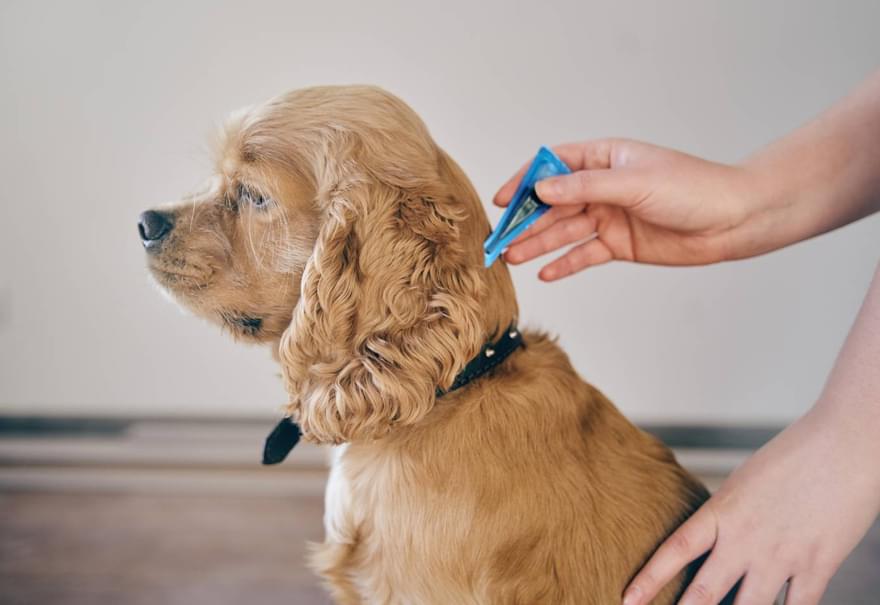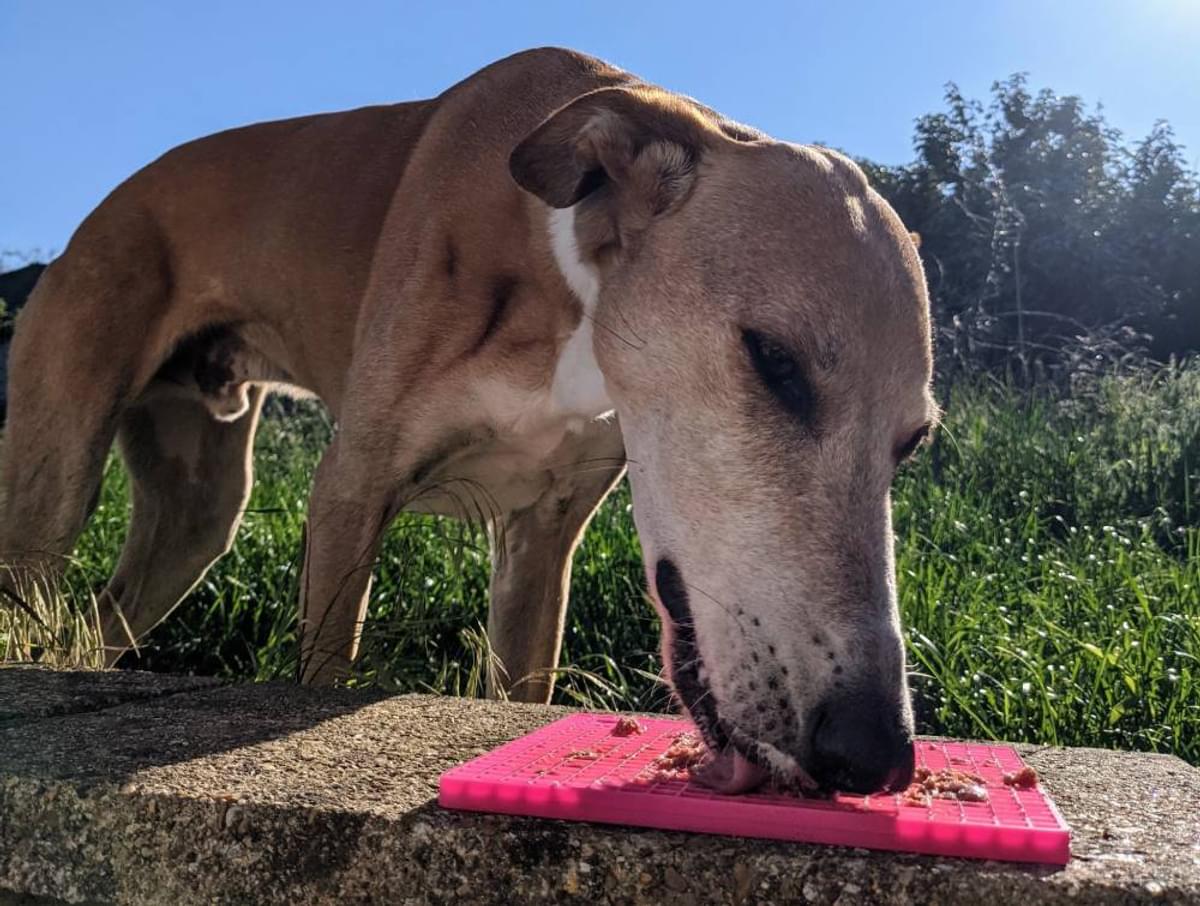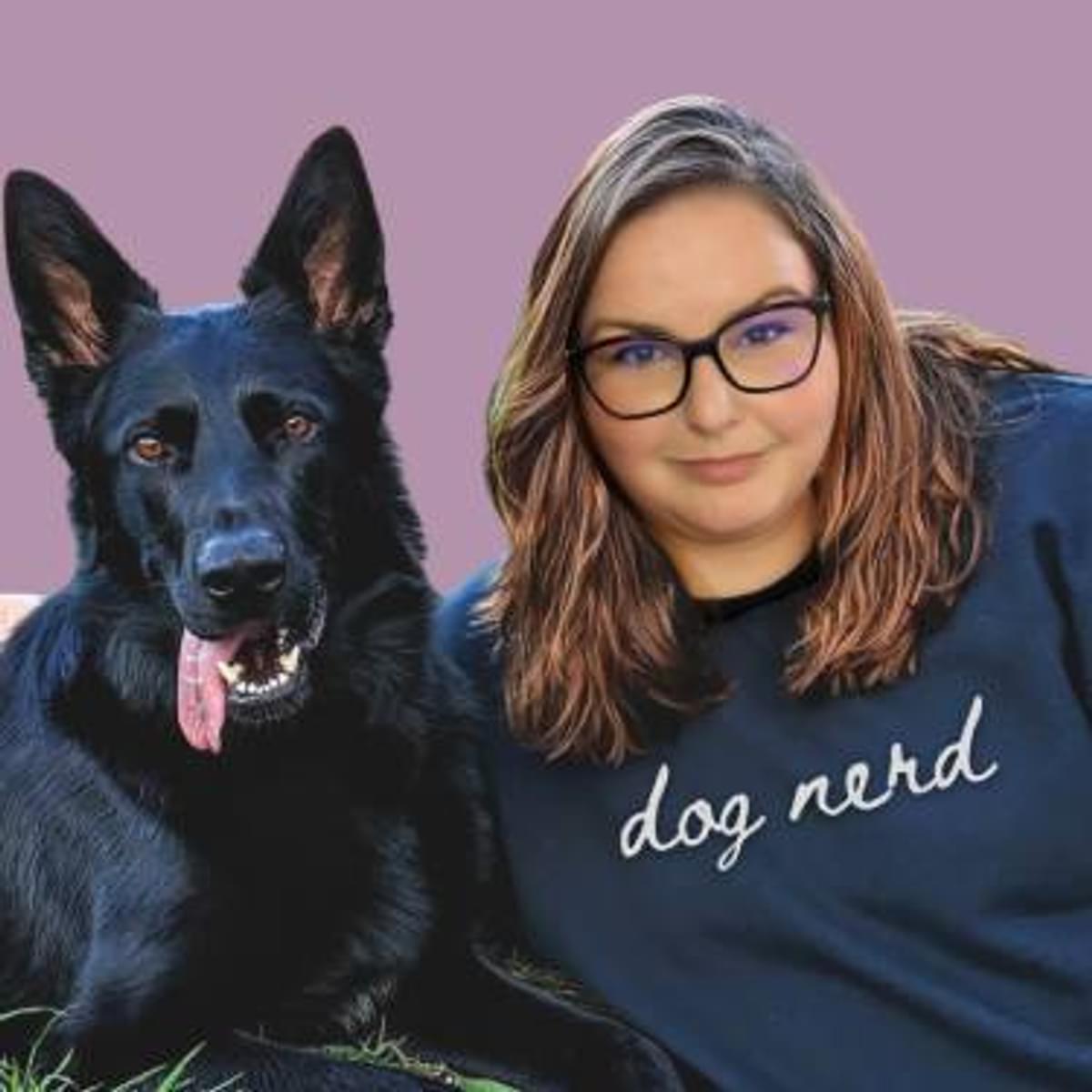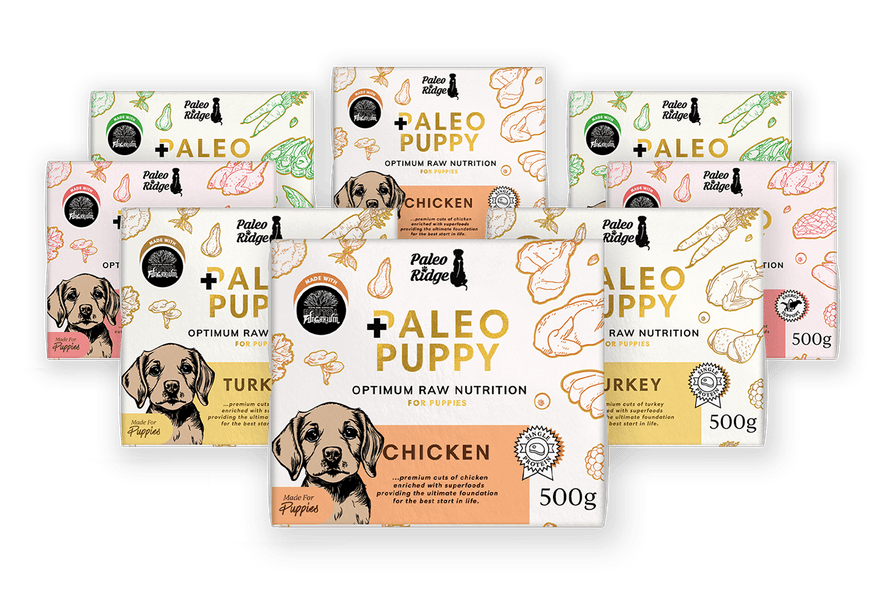In the last few years, I have noticed an increase in the popularity of canine enrichment. The demand for enriching activities has skyrocketed as more dog guardians have become aware of how important canine mental health is. Dogs, like people, can only thrive when their physical and mental needs are met. The ability to express natural behaviours is a basic need for all animals. Boredom, anxiety, and undesirable behaviours can result from neglecting to understand what your dog’s needs are as a dog. Opportunities to engage in innate behaviours will help your dog feel fulfilled, leading to less stress, improved confidence and calmer behaviour.
Enrichment is not a new concept, although it is relatively new in the dog world. It was first developed in the 19th century as a way of enhancing the enclosures of captive animals contained in zoos. We may not think of dogs as captive animals because they have the ability to accompany us out into the world, but dogs are in fact, captive animals. We control every aspect of their lives. Even in my home with my two boys, they have as much choice as I can safely offer them, but ultimately I am the one who decides when things happen. We have a duty of care to the animals we welcome into our family, just like any other family
member. Part of that care involves getting to know one another for who we really are.
Dogs are, by nature, scavengers and foragers. This might explain why Fido has stolen items off the kitchen sides or raided the bin when given the chance. He isn’t being “naughty” - he is fulfilling a natural behaviour! When I explain to people that a great way to help curb these behaviours is to let your dog perform them, I usually get the same concerns: 1) Won’t he want to do it more? And 2) Am I telling him that this behaviour is okay? The answers are both no. Your dog already wants to execute these behaviours so providing an appropriate, constructive outlet for them means you will see less (if not zero) of the behaviours you find
annoying or worrying.





